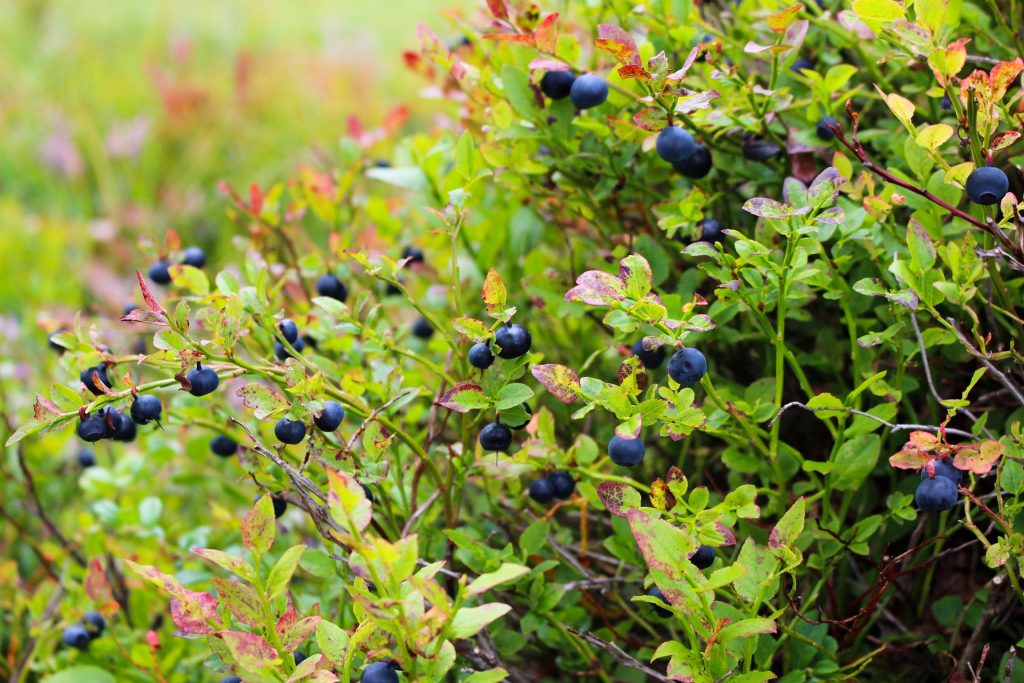 Flavonoids are a heterogeneous group of polyphenols that can be broadly split into flavones, flavanones, flavonols, proanthocyanidins, anthocyanins, flavan-3-ols (catechins) and isoflavones. Many flavonoids are commonly found in the diet and consumed by humans. Flavonoids, like many dietary polyphenols, are plant antioxidants, where they likely functions as protective agents against environmental and pathological tissue damage. When we eat plants the flavonoids, usually in the form of flavonoid glycosides (flavonoids bonded to a sugar such a glucose), are absorbed into the gut cells lining the small intestine, and here undergo extensive metabolism via phase II conjugating enzymes. A large proportion of the metabolism phase II conjugates are then transported back into the lumen of the small intestine, where they pass to the colon for further metabolic transformation. This metabolism in the colon likely produces simpler phenolic and aromatic compounds, that are subsequently absorbed.
Flavonoids are a heterogeneous group of polyphenols that can be broadly split into flavones, flavanones, flavonols, proanthocyanidins, anthocyanins, flavan-3-ols (catechins) and isoflavones. Many flavonoids are commonly found in the diet and consumed by humans. Flavonoids, like many dietary polyphenols, are plant antioxidants, where they likely functions as protective agents against environmental and pathological tissue damage. When we eat plants the flavonoids, usually in the form of flavonoid glycosides (flavonoids bonded to a sugar such a glucose), are absorbed into the gut cells lining the small intestine, and here undergo extensive metabolism via phase II conjugating enzymes. A large proportion of the metabolism phase II conjugates are then transported back into the lumen of the small intestine, where they pass to the colon for further metabolic transformation. This metabolism in the colon likely produces simpler phenolic and aromatic compounds, that are subsequently absorbed.

Flavonoids are a heterogeneous group of polyphenolic (made up of many phenol rings) plant compounds. The main subclasses of flavonoids are flavones, flavonols, flavan-3-ols (catechins), anthocyanins, proanthocyanidins and isoflavones. Flavonoids give many plants their vibrant red, purple and blue colours.
Some of the phase II conjugates from the small intestinal enterocytes are absorbed, to the hepatic portal vein, and here they are transported to the liver for further metabolic regulation. In the liver some phase I detoxification occurs and the resulting metabolites are excreted largely in the bile. However the remaining flavonoids undergo phase II metabolism to produce a large heterogenous group of phase II metabolites. The metabolites enter circulation, and evidence suggests that they may be taken up by various tissues. Here they may act as antioxidants, or be involved in gene regulation, although this is controversial and much is still to be elucidated in this area. The phase II conjugating enzymes include urine-5’-diphosphate glucuronosyltransferases (UGTs), sulphotransferases, and catechol-O-methyltransferases (COMTs), and these are broadly the same enzymes present in the enterocytes of the small intestine. Phase II metabolites are more water soluble that phase I metabolites and can be excreted in the urine.
A number of factors have been investigated that can have a significant effect on the absorption distribution, metabolism and excretion (ADME) of flavonoids. As humans age, the efficiency of the liver and kidney systems may decline and so both phase I and phase II metabolism is affected. However, there is quite limited data in this area, and certainly while some evidence may suggest that glucuronidation of flavonoids changes with age, the data is not clear. What is more clear is that differences may exist between the metabolism of flavonoids in men and women. Some of this may be due to the different sex hormones present between different sexes, as this can have an impact on the metabolism and excretion of xenobiotic metabolism in the liver, particularly. Medication can also impact the enzyme systems in the liver, and affect the excretion activity of the body, particularly in the kidney. Therefore medication can interfere with flavonoid metabolism and excretion. Grapefruit flavanones are known for their interaction with medication.

A number of factors may affect the absorption, distribution, metabolism and excretion (ADME) of flavonoids. Age, sex, biochemical individuality and diet may all play a role. Anthocyanins in berries may show slightly different absorption characteristics and routes, compared to other flavonoids. This may explain some of the unique physiological effects of berries.
A number of polymorphisms have been identified that can affect flavonoid ADME. Up to 50 % of the interindividual differences in flavonoid ADME is explained by these polymorphisms. Polymorphisms are differences in genes that produce different characteristics between organisms of the same species. Certainly there is evidence that the absorption of dietary flavonoids is affected by different genetic expression of relevant enzymes in the gut. This may not only relate to endogenously produce enzymes, but also the enzyme produced by the microbiota of the colon. Evidence suggests for example that isoflavones may show variation in their metabolites between different individuals in the colon. Dietary components may also affect the absorption and metabolism of flavonoids. Alcohol for example may increase the solubility of flavonoids in the gut, and this may increase absorption rates. In contrast, fibre may decrease the absorption of through the creation of a physical barrier to contact with the enterocytes.
Flavonoids themselves may impact the absorption of other flavonoids. Clearly similar routes of absorption are available and so competition between different flavonoid subclasses may be expected. Based on the fact that some flavonoids may be less polar than others, some of the flavonoid classes may also show preferential absorption characteristics compared to others. As the number of hydroxyl (-OH) groups increases on a flavonoid, its solubility increases. High intakes of particularly hydrophilic subclasses of flavonoids, such as catechins in green tea, may therefore conceivably inhibit the absorption, of other more hydrophobic subclasses present at lower concentrations. Similar interactive effects may also be present in the liver through competition for the phase II metabolising enzymes although this may be much harder to determine. Clearly a number of factors have the potential to impact flavonoid ADME and these factors make it very difficult to predict the biological effect of flavonoids in individuals.
Eat Well, Stay Healthy, Protect Yourself
RdB
